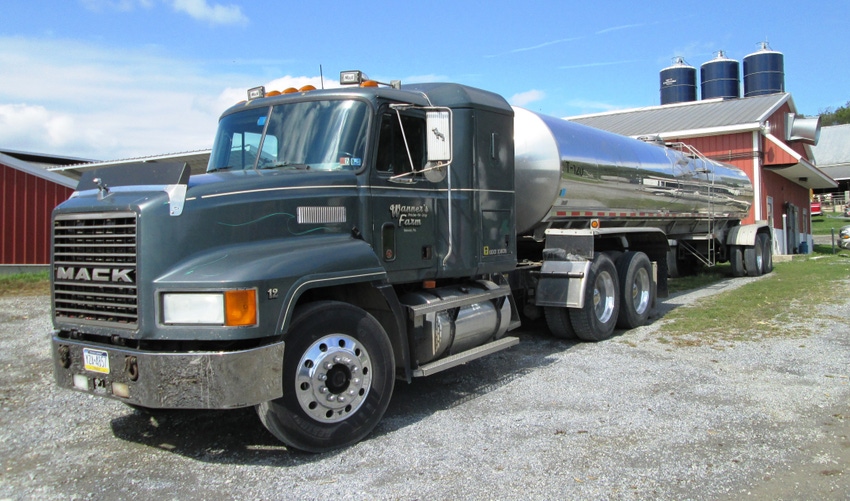Delicate rebalancing ahead for global dairy sector
Things to watch include resurgence of COVID-19, shifts in global trade and evolving consumption patterns.

A delicate rebalancing of supply and demand is on the horizon for the global dairy sector, according to the new RaboResearch "Dairy Quarterly for Q3 2020" report. Milk production growth across the global "Big 7" dairy exporters will collide with a recalibration of retail, foodservice and export dairy demand, the report suggests.
Global dairy trade during the first half of 2020 was better than anticipated, up about 3% from 2019, but Rabobank suggested that the recent trade strength may be at risk in the second half as government stimulus packages abate, the global recession fully takes hold and importers seek policies that enhance domestic production.
The COVID-19 pandemic will also continue to affect global demand as countries struggle with new outbreaks, and foodservice demand remains well below last year's levels. For most of the world, economic growth will likely occur in 2021, although Rabobank said this will hardly lift the economy to the level seen pre-COVID-19.
According to the report, milk production growth is expected to continue expanding into 2021. Rabobank forecasts a 1.3% year-over-year increase in production across the Big 7 dairy regions in the fourth quarter of 2020. From there, the firm forecasts an increase of 1% in the first half of 2021 and 0.8% in the second half.
Despite COVID-19 disruptions to the global dairy market, Rabobank said milk prices have been resilient. Still, it will take time to recover milk production growth and consumption, suggesting that global market fundamentals will remain weak into the second quarter of 2021.
In the European Union, dairy product prices have flattened, as milk production growth has been stronger than anticipated. Meanwhile, things are looking up for New Zealand and Australia as favorable weather conditions support increased milk production. Consumption recovery in China during the first half of 2020 beat expectations, but Rabobank said stocking strategies and farm investment plans cast uncertainty for 2021 dairy imports.
Overall, the firm said a variety of factors will be important to watch during the next two quarters, including a potential resurgence of COVID-19, shifts in global trade, evolving consumption patterns, demand and domestic production in China and the upcoming U.S. election.
U.S. production to rise
While U.S. producers have been on a price rollercoaster ride for most of 2020, Rabobank noted that resilient retail dairy demand, stronger dairy exports and government food spending have helped the industry weather disruptions due to COVID-19.
Looking ahead, domestic and export demand is expected to moderate as the longer-term effects from the pandemic take hold, the bank said.
Rabobank is forecasting domestic demand in the fourth quarter to fall slightly, by 0.2%. For 2021, the bank expects demand to increase 2% as lockdown measures are lifted.
U.S. exports have been strong and may remain that way in the coming months. Rabobank said the U.S. is in a more favorable trade position as the dollar has declined 9% versus the euro since June. Additionally, the government-imposed Argentine peso could have a negative impact on the country’s global competitiveness in the coming months.
Milk production is projected to rise, as dairy producer margins have been supported by direct government payments and favorable feed costs. Production during the second half will increase 1.5% year over year. After reaching an estimated year-over-year gain of 1.8% in the second quarter of 2021, Rabobank said growth will decline to 1.1% in the second half of 2021.
About the Author(s)
You May Also Like




.png?width=300&auto=webp&quality=80&disable=upscale)
